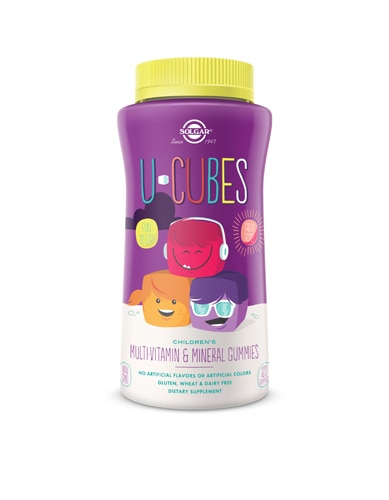Self-care is not just for adults: Teaching kids about self-care routines at a young age can reduce their risk of developing mental health conditions like anxiety and depression. The best self-care habits for kids are those that can be practiced regularly, provide relief from stress, and support a healthy body and mind. The earlier your child learns self care, the more likely they are to carry these foundational habits into adulthood.

According to a growing body of research, young Americans increasingly believe their lives are governed by outside forces instead of their own efforts. In other words, children, adolescents and young adults in the U.S. feel increasingly out of control. As a result, rates of anxiety and depression have risen steadily amongst children as young as nine all the way up to college-age adults. Many experts believe that the solution lies in agency—the sense of being in control of your own destiny. William Stixrud and Ned Johnson, a clinical psychologist and a test-prep expert, authors of the recent book, The Self-Driven Child: The Science and Sense of Giving Your Kids More Control Over Their Lives, write that "Agency may be the one most important factor in human happiness and well-being."
Self care’s central tenet, for both kids and adults alike, is that through developing agency over your own well-being can offset the debilitating effects of stress. Self care—and self motivation—are two sides of the same coin. Both are essential. From learning to set healthy boundaries to finding fun ways to move, there's bound to be a self-care habit your child will be excited to be on board with. Here are three ways to introduce self-care to the next generation.
1. Set healthy boundaries
Agency comes the power to make decisions for oneself, even if the decisions are seemingly small. For parents of small children, this means showing them you respect their personhood. You can model consent and boundaries by ensuring you give your kids the opportunity to make choices and have opinions, whenever possible (and within reason). Although of course you would not let your small child determine her own bedtime, you can give offer her some choices. For example, you can let her choose what bedtime book to read, or whether she bathes in the morning or evening. For older kids, when you see that they struggle with homework, instead of telling them how to do it, you ask instead "How can I help?" That way you’re not trying to make your child do it, but you are offering them support.
Try: Always try to offer a choice, especially if there is friction around an issue. Even if it’s as simple of asking a child to choose between gloves or mittens, the element of choice is a game-changer.
2. Make time for open-ended play
Research strongly supports our intuition that children need to move. One major reason? Motion aids in brain development. Again, telling kids how to move by giving them formal rules is not the same as free play. Structured sports do not have the same self-care impact as play in which kids get to come up with their own rules and goals. Embodied play, free of an adult agenda, gives children space to develop self-awareness and self-regulation. It’s a precious opportunity for kids to connect with their bodies and minds in a way that expresses their own uniqueness.
Try: Many forms of mindful movement are seeing increased popularity with the younger crowd. As a bonus, mindfulness practices such as yoga, that encourage self-reflection, can help mitigate core symptoms of ADHD in children.
3. Get out
While the term nature deficit disorder may be overly alarmist, it’s clear that kids, like adults, spend significantly more time inside than outside. Point the finger at technology: According to the organization Child Mind, “the average American child is said to spend 4 to 7 minutes a day in unstructured play outdoors, and over 7 hours a day in front of a screen.” Numerous studies indicate that kids who play outside are smarter, happier, more attentive and less anxious than kids who spend more time indoors.
Time in nature is inherently unstructured, for one thing. It also relies on a great deal of agency in terms of how a child decides he wants to interact with the environment, from rolling down grassy knolls to scrambling up rocks. Nature time builds confidence, promotes creativity, boosts imagination and reduces stress. According to environmental psychologists, “urban environments require what’s called directed attention, which forces us to ignore distractions and exhausts our brains. In natural environments, we practice an effortless type of attention known as soft fascination that creates feelings of pleasure, not fatigue.”
Try: Let your child exercise their personal preference for the environment that feels most compatible to them. Offer a walk near a lake or in the mountains, if such landscapes are near. If you live by the ocean, you can still offer an inland setting or by the sea. For an environment to feel restorative, it’s better if the child gets to exercise her personal preference.



